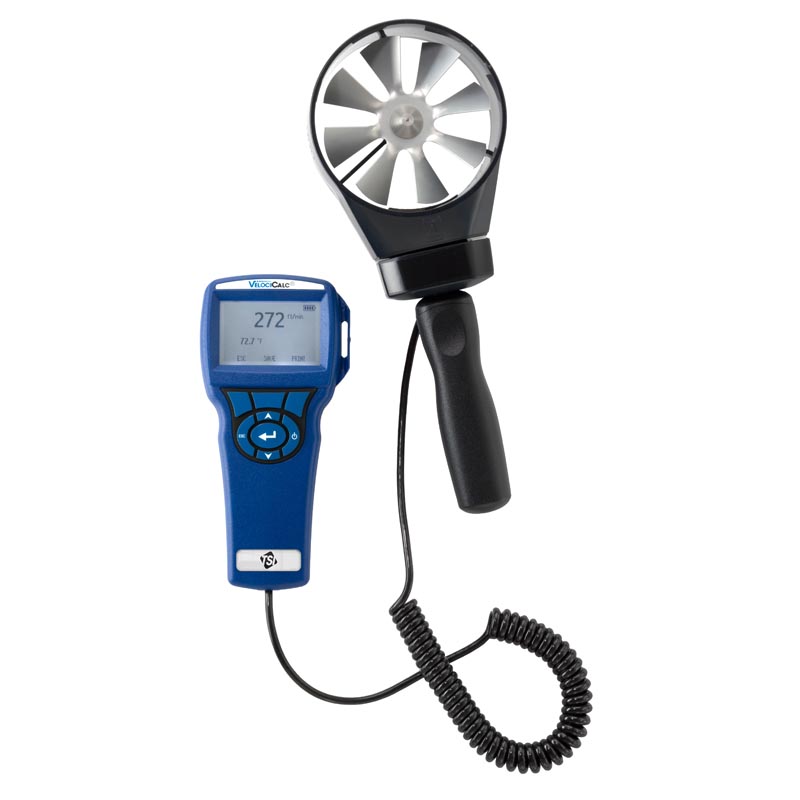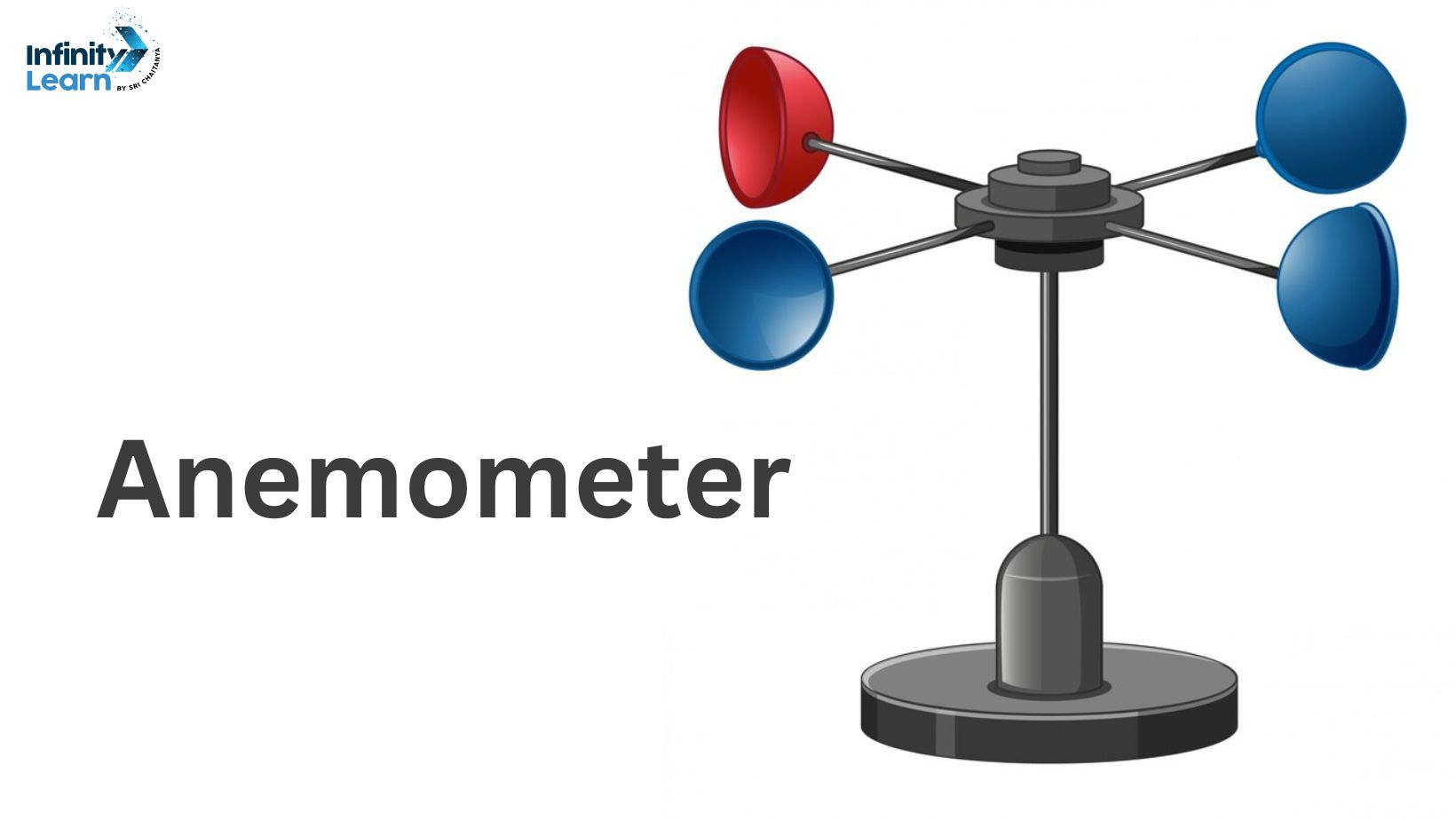Top Features to Seek in a Reliable Anemometer for Accurate Wind Measurement
Top Features to Seek in a Reliable Anemometer for Accurate Wind Measurement
Blog Article
All You Required to Understand About Anemometers: How They Work, Why They Matter, and Where to Make use of Them
Anemometers, however usually neglected in the realm of clinical instruments, play a critical function in different areas, providing important insights into wind speed and airflow patterns. Recognizing the auto mechanics behind these tools is important for any individual seeking to harness the power of this information. From meteorologists tracking weather patterns to designers making frameworks with wind loads in mind, the applications of anemometers are far-reaching and varied. As we explore the intricacies of anemometer innovation, we will certainly uncover the internal workings of these gadgets, their value, and the crucial factors to consider when picking the ideal anemometer for details applications.

Anemometer Essentials
A vital instrument used to determine wind rate and direction, the anemometer plays a crucial duty in meteorology and different industries. An anemometer usually contains three or four mugs that rotate in the wind, a vane that directs into the wind, and sensors to track the turnings or activities. By determining the rotations or activities over a specific period, the anemometer can establish wind rate. The vane aids identify wind direction by pointing into the wind, giving useful data for weather projecting, air travel, maritime operations, ecological surveillance, and wind power applications.
There are different kinds of anemometers available, consisting of cup anemometers, vane anemometers, hot-wire anemometers, and sonic anemometers, each with its special attributes and applications. Mug anemometers are frequently used for fundamental wind speed measurements, while vane anemometers are liked for directional measurements.
Principles of Anemometer Operation
Structure on the fundamental understanding of anemometer fundamentals, the principles of anemometer procedure illuminate the auto mechanics behind wind speed and direction measurements. Anemometers run on the principle of airflow affecting a sensing unit, causing it to turn. Cup anemometers, for example, have three or even more cups that record the wind, creating them to rotate much faster as the wind rate boosts. The turning rate is then exchanged a wind rate dimension. Vane anemometers, on the other hand, make use of a tail or a probe that aligns itself with the wind instructions, providing a measurement of wind direction based upon the alignment of the sensing unit. Hot-wire anemometers depend on a heated cord that cools as wind overlooks it, with the price of cooling figuring out the wind rate. Ultrasonic anemometers procedure wind rate and instructions by assessing the moment it takes for ultrasonic signals to travel in between transducers. Comprehending these concepts is essential for reliable and exact wind measurements in various applications.
Importance of Anemometers
The relevance of anemometers in meteorology and different industries can not be overemphasized. Anemometers play an essential duty in determining wind speed and instructions, giving crucial data for climate projecting, environment research studies, ecological tracking, and aeronautics operations. Meteorologists depend on anemometers to collect exact wind data, assisting them recognize weather patterns, anticipate my website storms, and problem timely cautions to the public. In sectors such as construction, farming, renewable power, and maritime procedures, anemometers are used to optimize procedures, ensure security, and raise performance. Wind farm drivers utilize anemometers to examine wind conditions and make best use of electricity production from wind turbines. In the maritime field, anemometers aid ship navigation by supplying real-time wind details to captains, helping them make educated decisions to guarantee risk-free voyages. Generally, anemometers are indispensable tools that contribute substantially to safety and security, efficiency, and informed decision-making in meteorology and a vast array of markets.
Applications Throughout Numerous Industries
In the sustainable power industry, anemometers play a crucial role in assessing wind conditions for wind ranch positionings, making certain optimum power production. Industries like building and construction and mining use anemometers to monitor wind rates, vital for safety and security methods, specifically when working at elevations or in open-pit mines where strong winds can posture hazards. In farming, anemometers help farmers in managing plant splashing by supplying real-time data on wind rate to prevent drift.

Selecting the Right Anemometer for Your Demands
Choosing the ideal anemometer tailored to your certain requirements is crucial for acquiring precise wind rate and direction measurements. When selecting an anemometer, consider aspects such as the desired application, required measurement variety, environmental problems, go to my blog and desired attributes. For general objectives, a cup anemometer appropriates for gauging wind speed, while a vane anemometer offers wind instructions information. Hot-wire anemometers are perfect for reduced airspeed measurements, and ultrasonic anemometers offer high accuracy and sturdiness.

Final Thought
In final thought, anemometers play an important duty in determining wind speed and instructions across different industries. Comprehending the concepts of anemometer operation is important for choosing the ideal tool for particular demands. From weather forecasting to aeronautics, anemometers are essential devices for making sure and collecting precise data safety in various applications. When choosing the most suitable gadget for determining wind conditions., it is essential to think about the relevance of anemometers in order to make enlightened decisions.
There are various kinds of anemometers readily available, including mug anemometers, vane anemometers, hot-wire anemometers, and sonic anemometers, each with its one-of-a-kind functions and applications. Mug anemometers are typically made use of for standard wind rate dimensions, while vane anemometers are preferred for directional dimensions. Hot-wire anemometers are appropriate for low airspeeds, and sonic anemometers are ideal for high-precision measurements in research study and commercial setups.Structure on the fundamental understanding of anemometer basics, the principles of anemometer operation illuminate the mechanics why not find out more behind wind speed and direction dimensions. For general objectives, a mug anemometer is ideal for gauging wind rate, while a vane anemometer provides wind instructions data.
Report this page